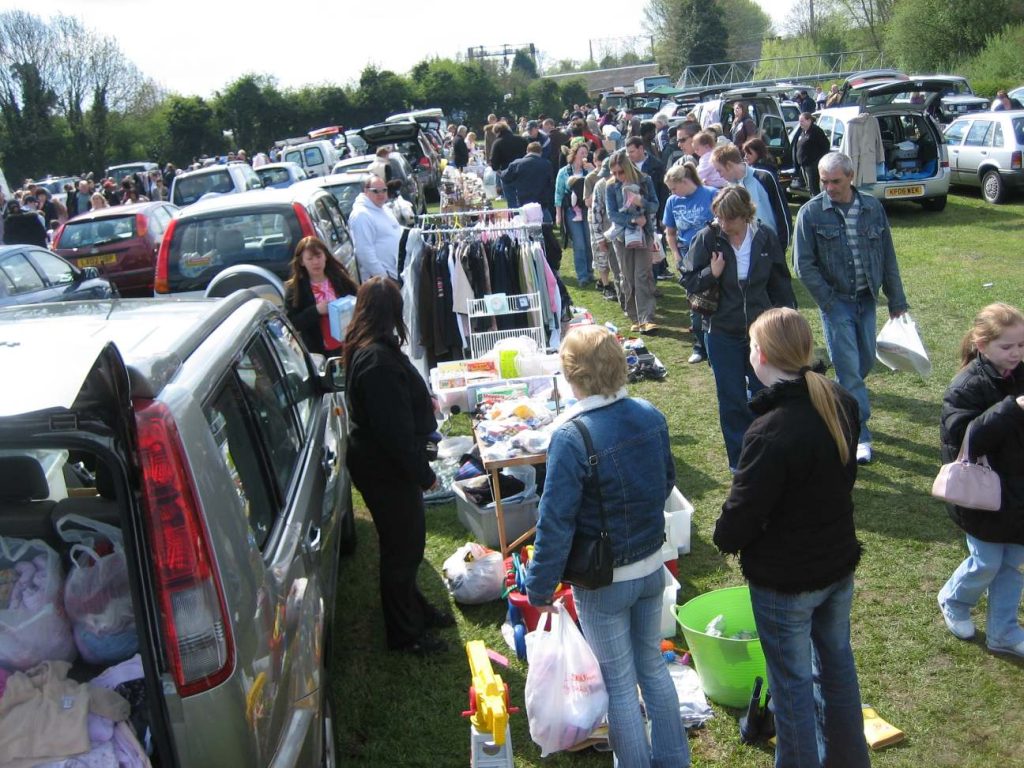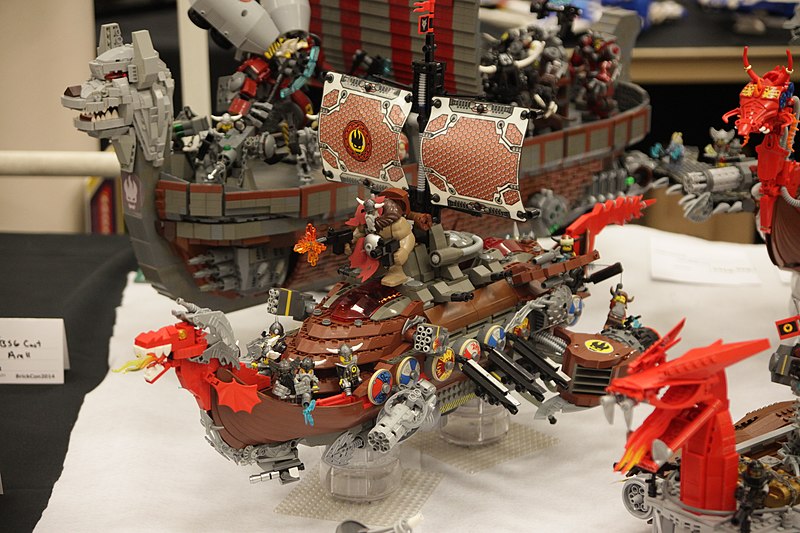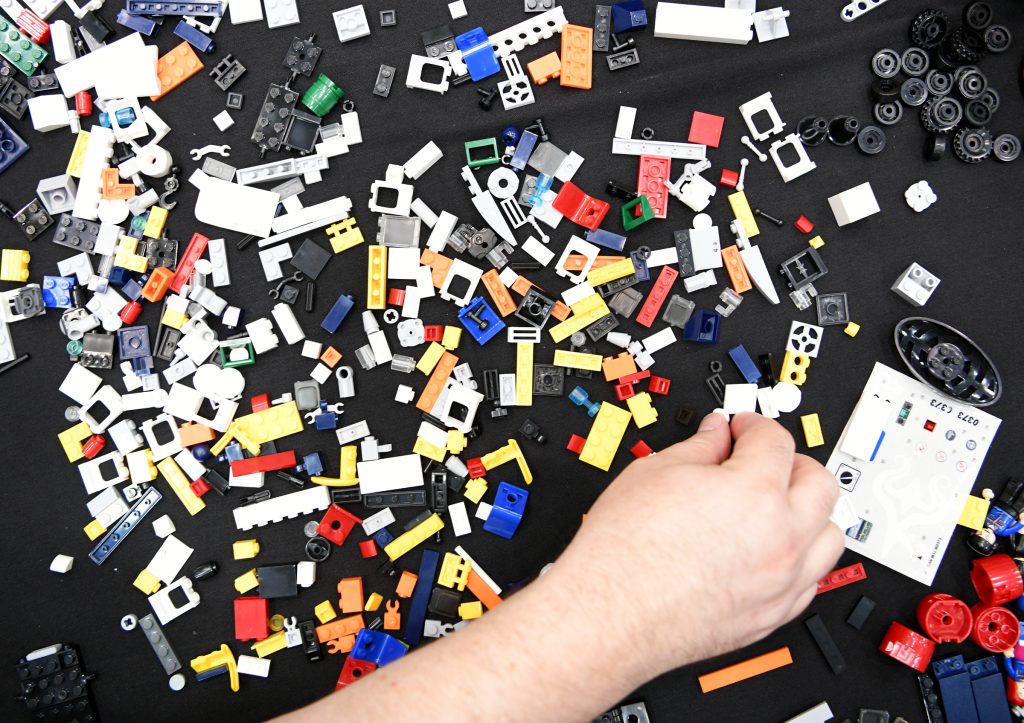As a lifelong Lego enthusiast, I’ve spent countless hours debating whether to buy shiny, fresh-from-the-box Lego sets or dive into the treasure trove of second-hand Lego. It’s not a decision to take lightly—there’s a lot to consider, from price and availability to condition and creativity. Each option has its own quirks and charm, and I’ve learned that sometimes, the journey of figuring out what works for you can be as fun as the builds themselves. Let me take you through the great debate of second-hand Lego vs new Lego, with a few personal stories thrown in for good measure.
The Thrill of New Lego
There’s something magical about peeling back the cardboard tab of a new Lego box. The sealed bags of bricks are so pristine that you almost feel guilty opening them. The instruction manual, perfectly folded, holds the promise of a journey you’re about to embark on—a step-by-step adventure designed by the masterminds at Lego HQ. It’s the kind of experience that screams, “Yes, you made the right choice spending all that money.”
That’s the beauty of new Lego. It’s perfect. Every piece is clean, shiny, and just as it should be. You don’t have to worry about scratches, mismatched colours, or the horrifying discovery of a counterfeit brick sneaking its way in. And if something does go wrong—say, a vital piece is missing (or your dog decides to snack on a wheel)—Lego’s customer service is legendary. They’ll replace that missing part without hesitation.
But then there’s the price. Ah, the price. As a budget-conscious builder, I often find myself staring longingly at the display shelves, mentally calculating if I can justify spending what feels like the cost of a small island on a modular building or Star Wars set. Sure, you’re getting quality, but quality doesn’t always come cheap. This is where the second-hand Lego vs new Lego debate really starts to heat up.
The Wild World of Second-Hand Lego

Buying second-hand Lego is a completely different experience. It’s a bit like treasure hunting—you never quite know what you’re going to find, but that’s part of the fun. I still remember the day I picked up a random box of bricks from a car boot sale for £10. The seller shrugged, saying, “It’s just a bunch of old Lego my kids don’t want anymore.” But to me, it was a mystery box of endless possibilities. Back home, I discovered a nearly complete Lego castle, a handful of rare minifigures, and, hilariously, a tiny army of chewed-up Lego horses.
That’s the thing with second-hand Lego—it’s not perfect, and it doesn’t pretend to be. But it’s affordable, eco-friendly, and often brimming with creative potential. Bulk lots are especially great for MOC (My Own Creation) builders, as they give you a variety of pieces to play with. You might even stumble across rare or retired parts that are impossible to find in stores today.
However, let’s not romanticise it too much. The “second-hand” side of the second-hand Lego vs new Lego debate does have its challenges. There’s always the risk of missing pieces or—worse—discovering a random knockoff brick pretending to be the real deal. And let’s talk about the cleaning. Washing second-hand Lego is practically a rite of passage. Fill a bucket with warm, soapy water, dump the bricks in, and prepare for the unidentifiable debris that surfaces. (Pro tip: always use a mesh laundry bag if you’re washing small pieces. It’s the only way to avoid finding rogue 1×1 plates in your washing machine a week later.)

Second-Hand Lego vs New Lego: Which One Is Better?
If you’re after a polished, predictable experience, new Lego is the way to go. There’s no stress, no surprises—just a reliable, high-quality product. It’s perfect for collectors who want pristine sets or anyone looking for a guaranteed complete build straight out of the box.
On the other hand, second-hand Lego is a playground for the thrifty and adventurous. You’re not just buying bricks; you’re buying stories. Who knows where those pieces have been or what they’ve built in the past? Sure, there’s a bit of effort involved, but it’s rewarding when you turn a random assortment of bricks into something truly unique.
Why Not Both?
Honestly, I don’t think it has to be an either-or decision. Some of my best builds have come from a mix of new and second-hand Lego. A few years ago, I bought a shiny new modular set to serve as the centrepiece of a Lego city. Over the months that followed, I scoured eBay and Facebook Marketplace for second-hand bulk lots, hunting for pieces to build custom extensions. The result was a Frankenstein’s monster of a Lego city—part official set, part second-hand chaos—and it was glorious.
That’s the beauty of Lego. Whether your bricks are new or pre-loved, they fit together just the same. It’s all about what you build with them.

What’s Your Choice?
So, where do you stand in the great second-hand Lego vs new Lego debate? Maybe you’re like me and dabble in both, depending on what you’re building and how much your wallet can take. Whatever your choice, remember: Lego is about creativity, imagination, and fun. Whether your bricks are straight from the factory or came from someone’s dusty attic, the joy of building is the same.
Let me know your thoughts in the comments, or share your best second-hand finds—I’d love to see what treasures you’ve uncovered! And if you’re a fellow washer-of-mystery-bricks, let’s swap tips on how to clean Lego without turning your kitchen sink into a rainbow swamp.
